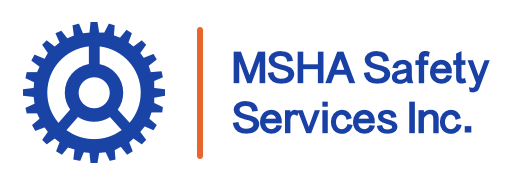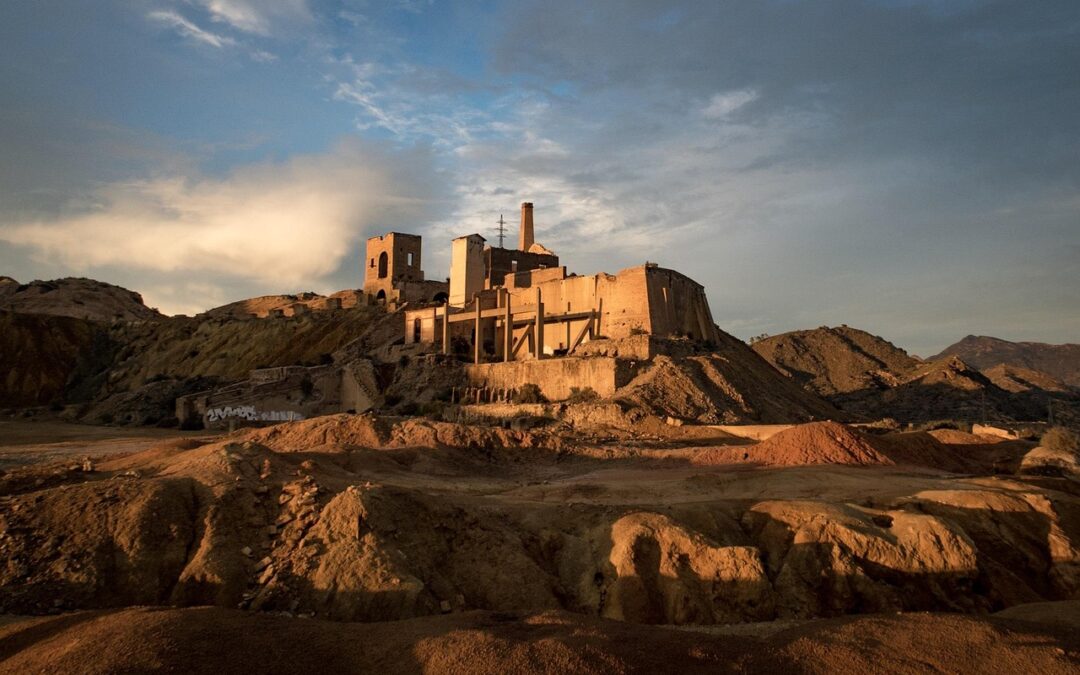Effective mine safety training is essential for equipping workers with the knowledge and skills needed to navigate the inherent risks of the mining industry. It ensures that employees are prepared to handle hazards, follow safety protocols, and comply with industry regulations. Whether you’re a new miner or a seasoned professional, safety training is more than just a legal requirement—it’s an investment in fostering a safer, more productive workplace for all involved.
Primary Risks Associated With Mining Operations
Mining comes with inherent risks, such as:
- Cave-ins and ground instability
- Exposure to harmful chemicals or gases
- Equipment failures
- Explosions or fires
- Noise-induced hearing loss
- Physical strain or injuries from heavy machinery
Understanding these risks is the first step toward mitigating them, which is why mine safety training is essential.
Legal Requirements for Mine Safety Training
In the United States, mining operations must comply with MSHA (Mine Safety and Health Administration) standards. These regulations require all miners to complete safety training before working on-site and attend regular refresher courses. Failure to comply with MSHA standards can result in penalties, shutdowns, and increased risks to workers’ safety.
MSHA Safety Services Safety Training
MSHA Safety Services provides specialized training programs designed to meet industry standards while tailoring content to the needs of individual mining operations. With years of experience, their training ensures workers not only comply with regulations but are also well-prepared to handle on-site challenges effectively.
What Types of Training Programs Does MSHA Safety Services Offer?
MSHA Safety Services offers comprehensive training programs for various mining roles and operations.
- Part 46 New Miner Training, 24 HR
Ideal for new surface miners, this program introduces critical safety practices and compliance essentials. - Part 46 Annual Refresher Training, 8 HR
Ensures experienced miners stay updated on the latest safety protocols and practices. - Part 48 Subpart B New Miner Training, 24 HR (Surface)
Covers advanced safety measures specific to surface mining operations. - Part 48 Subpart B Annual Refresher Training, 8 HR (Surface)
Designed for experienced surface miners, reinforcing safe practices annually. - Part 48 Subpart A Refresher Training, 8 HR (Underground)
Focuses on underground mining safety, ensuring compliance and risk mitigation. - Part 48 Subpart A New Miner Training, 32 HR (Underground)
Comprehensive training for new underground miners, emphasizing unique underground risks.
How Often Should Mine Safety Training Be Conducted?
Mine safety training should be conducted:
- Before employment: New miner training is mandatory before entering a mining site.
- Annually: Refresher courses are required to maintain compliance and reinforce safety practices.
- After incidents or changes: Additional training may be necessary after safety incidents or operational changes.
- When bringing on new independent contractors: Any time a new independent contractor is hired, they must receive mine safety training before they begin work on site to ensure they understand site-specific hazards and safety protocols.
What Topics Are Typically Covered in Mine Safety Training Programs?
Training programs typically cover:
- Hazard identification and risk management
- Emergency response procedures
- Proper use of personal protective equipment (PPE)
- Equipment operation and maintenance
- Communication protocols
- Health and wellness considerations
These topics ensure miners are equipped to handle the dynamic challenges of their work environment.
How Does Mine Safety Training Reduce Accidents and Injuries?
Mine safety training significantly reduces workplace risks through:
- Risk Mitigation: Teaching workers to identify and address potential hazards.
- Legal Compliance: Avoiding penalties and shutdowns by adhering to MSHA standards.
- Injury Prevention: Reducing incidents that lead to lost time or productivity.
- Increased Awareness: Fostering mindfulness of surroundings and safety protocols.
- Team Cohesion: Encouraging collaboration and communication among workers.
- Cost Savings: Minimizing expenses associated with accidents and fines.
- Employee Morale: Building trust and confidence through a commitment to safety.
How Can Mine Safety Training Improve Overall Productivity?
Safe workers are more confident and efficient, resulting in fewer disruptions to operations. By reducing accidents and maintaining compliance, mine safety training allows teams to focus on productivity rather than crisis management.

What Role Does Safety Culture Play in Mining Operations?
A strong safety culture emphasizes shared responsibility for worker well-being. By prioritizing safety at all levels, mining operations can create an environment where employees feel empowered to report hazards and take proactive measures to prevent accidents.
How Can Technology Enhance Mine Safety Training?
Advancements in technology have revolutionized mine safety training through:
- Virtual reality (VR): Simulating real-life scenarios to prepare workers for emergencies.
- E-learning platforms: Companies such as MSHA Safety Services provide flexible, remote access to training materials.
- Wearable technology: Monitoring worker health and environmental conditions in real time.
These tools make training more engaging and effective, ensuring workers retain critical safety knowledge.
How Can Ongoing Training and Refresher Courses Benefit Miners?
Ongoing training ensures miners stay informed about evolving safety standards and technologies. Regular refresher courses reinforce key concepts, reduce skill degradation, and adapt workers to new industry challenges.
What Should Workers Do If They Encounter Unsafe Conditions?
Workers should:
- Report hazards to supervisors or safety officers immediately.
- Follow established protocols for addressing unsafe conditions.
- Use proper PPE and avoid taking unnecessary risks.
A proactive approach to safety can prevent minor issues from escalating into major incidents.
How Can Mines Benefit from MSHA Safety Services’ Assistance?
MSHA Safety Services provides expert guidance, tailored training programs, and compliance support to help mining operations:
- Meet regulatory requirements.
- Enhance worker safety and productivity.
- Build a strong safety culture.
The Importance of Ongoing Mine Safety Training for a Safer Workplace
Mine safety training is a continuous process that evolves with industry advancements and regulatory updates. By investing in regular training and fostering a culture of safety, mining operations can protect their workforce, improve productivity, and ensure long-term success.

